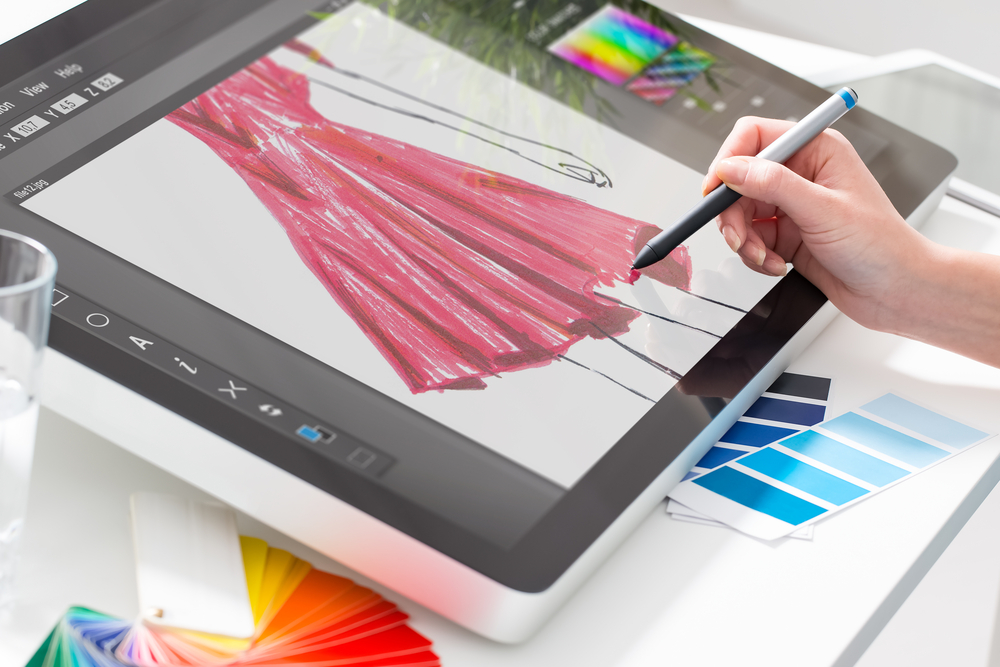Gain mastery in Interior and Retail Space Design with technologies of the future

Advanced technologies have impacted the way interior designers work, communicate, generate new ideas, and fulfil the needs of the client
Interior and Retail Space design is a multi-faceted profession that applies creative and technical solutions within a structure to create a certain environment. These solutions are functional, enhance the quality of occupant’s life, and have a high aesthetic value. Designs are created keeping in mind the structure of the building, the location, and the social context of the project. The interior design process involves a systematic and coordinated methodology, extensive research, analysis, and implementation of knowledge into the creative process, to produce an interior space that fulfils the clients’ needs.
The recent decade witnessed a rapid and global change, exponential advancement in information and computer technologies, changing demographics, increased awareness towards sustainability, and complex world issues. An interior designer of the 21-st century must remain mindful of these developments and be accepting of new technologies. These advanced technologies have impacted the way interior designers work, communicate, generate new ideas, and fulfil the needs of the client.
The continuous application of digital technologies and computer graphic design software has created new avenues for the industry. The interior design representations from conventional hand drawing patterns have transformed to computer graphics and auxiliary, hand-painted patterns. Instead of the traditional way of manually mapping various drawings, computer-aided software is used to see the whole space, material, colour, size ratio, fixed furniture, soft accessories, and much more. This is also convenient for the designer to make subsequent amendments as per the needs of the client.
With the continuous development of digital technology, the design models also present the effect of three-dimensional, dynamic, and interaction experience, thus giving a more comprehensive display of designs, giving the customer a real experience ahead of time. The design sketch is transformed into a digital file that can be processed and analysed, and then a generated digital model is used as the reference for the construction and installation process.
Therefore, Interior Design education of the future needs a significant transformation. To remain relevant in the 21st century, Interior Design education must overcome the challenges and alter the curricula and learning methodology. Interior design graduates should be able to make discoveries, bring new products and services, design, and deliver to serve the communities and innovate to support the industries.
A premier institution of learning, UPES has always been at the forefront of delivering world-class education. The university has been working relentlessly towards the holistic and intrinsic development of its students. Keeping the meta-learning needs of the 21st century in mind, UPES has launched the new curriculum framework ABLE (Academic Blueprint for Learning Excellence). Under this framework, along with the core subject, students will have the option to choose from focused subject specialisations. Further, for in-depth education, students will get the opportunity to choose from minor/exploratory subject options from other schools at UPES as part of the learning curve.
For instance, an Interior and Retail Space design aspirant can study Robotics or Artificial Intelligence as a choice-based elective minor.
The university also launched School for Life that enables students to become life-long learners and equip them with skills and competencies to thrive in a volatile, uncertain, complex, and ambiguous, world. Additionally, students can choose from a variety of life skills courses – Creativity, Decision Making, Personal Branding, Leadership, and Teamwork, among a host of other skills.




Good